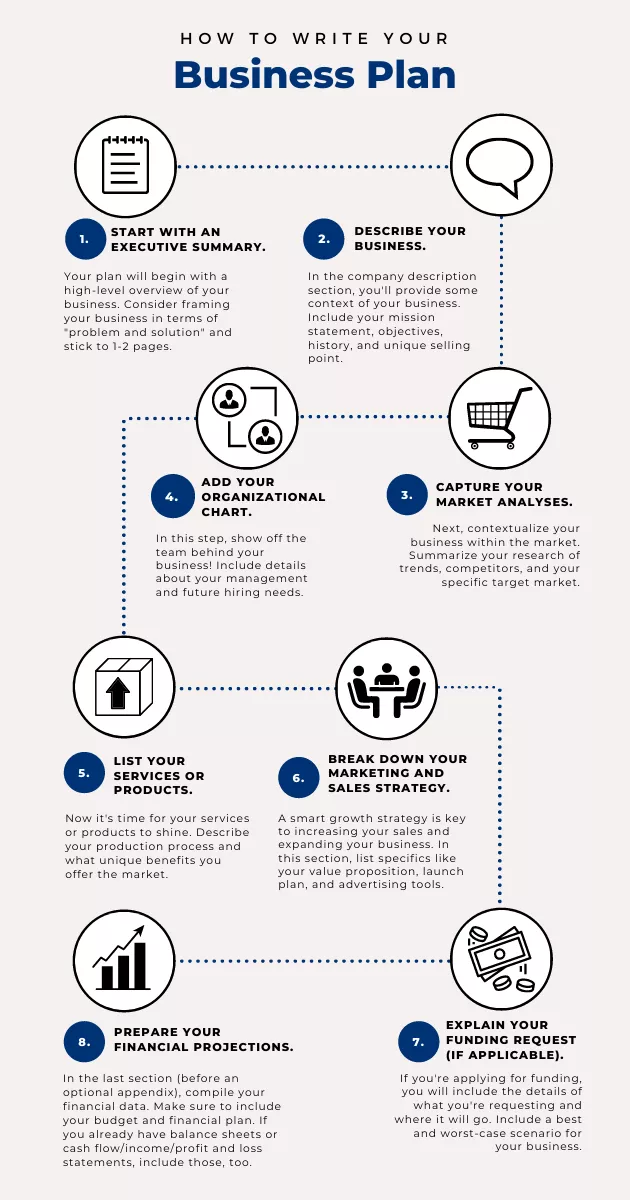
The Ultimate Guide to Creating a Successful Business Plan
May 14, 2024Unlock the secrets to crafting a successful business plan that will transform your ideas into a thriving venture. Don’t miss out!

Image courtesy of Valentin Antonucci via Pexels
Table of Contents
Creating a successful business plan is essential for any entrepreneur looking to start or grow a business. One of the key components of a solid business plan is understanding the basics of business finance. In this guide, we will explore the fundamental concepts of business finance, from understanding financial statements to managing cash flow and analyzing financial ratios.
Understanding Financial Statements
Financial statements are crucial for assessing a business’s financial health. The three main financial statements – the income statement, balance sheet, and cash flow statement – provide valuable insights into a company’s performance and financial position.
The income statement shows a company’s revenues, expenses, and profits over a specific period of time. It gives a snapshot of the company’s profitability and helps in monitoring the overall financial performance.
The balance sheet provides a snapshot of a company’s financial position at a specific point in time. It shows the company’s assets, liabilities, and shareholders’ equity, giving a clear picture of the business’s financial strength.
The cash flow statement tracks the flow of cash in and out of the business. It shows how changes in balance sheet and income accounts affect cash and cash equivalents. Managing cash flow is crucial for ensuring the business’s liquidity and financial stability.
Managing Cash Flow
Effective cash flow management is essential for the smooth operation of a business. It involves monitoring, analyzing, and optimizing the flow of cash in and out of the business to ensure there is enough cash to meet financial obligations.
One of the key tips for improving cash flow is to closely monitor accounts receivable and accounts payable. Timely invoicing and following up on overdue payments can help in improving cash flow. Negotiating favorable payment terms with suppliers can also help in managing cash flow effectively.
Another strategy is to optimize inventory management to avoid tying up excess cash in inventory. Implementing just-in-time inventory systems and regularly reviewing inventory levels can help in reducing carrying costs and improving cash flow.
Budgeting and Forecasting
Creating a budget is a fundamental aspect of business finance. A budget outlines the expected revenues and expenses for a specific period, helping in planning and controlling financial resources effectively. It also serves as a roadmap for achieving financial goals and objectives.

Image courtesy of venngage.com via Google Images
Forecasting is an essential tool for predicting future financial performance based on past data and trends. By analyzing historical financial data and market trends, businesses can make informed decisions and adapt their strategies to changing market conditions.
Regularly reviewing and updating the budget and forecasts can help in staying on track with financial goals and making adjustments as needed to ensure financial stability and growth.
Financing Options
There are various financing options available to businesses, depending on their financial needs and objectives. Common financing options include bank loans, lines of credit, venture capital, and angel investors.
Each financing option has its pros and cons, and it’s essential to evaluate them based on the business’s financial situation and goals. Bank loans offer lower interest rates but require collateral and a good credit score. Venture capital and angel investors provide funding in exchange for equity in the company but may involve giving up control of the business.
Choosing the right financing option can have a significant impact on the business’s financial health and growth potential. It’s essential to carefully assess the financing options available and select the one that best aligns with the business’s long-term strategy.
Financial Ratios and Analysis
Financial ratios are key indicators used to assess a company’s financial performance and health. Common financial ratios include profitability ratios, liquidity ratios, and leverage ratios.

Image courtesy of paymentcloudinc.com via Google Images
Profitability ratios, such as gross profit margin and net profit margin, measure a company’s ability to generate profits from its operations. Liquidity ratios, such as the current ratio and quick ratio, assess a company’s ability to meet short-term financial obligations. Leverage ratios, such as the debt-to-equity ratio, indicate the company’s reliance on debt financing.
By analyzing these financial ratios, businesses can gain valuable insights into their financial performance and make informed decisions to improve profitability, liquidity, and overall financial health.
Conclusion
Understanding the basics of business finance is essential for creating a successful business plan and achieving financial success. By mastering financial statements, managing cash flow effectively, creating budgets and forecasts, evaluating financing options, and analyzing financial ratios, businesses can make informed decisions and ensure long-term financial stability and growth.
Continuing to educate oneself on business finance and staying updated on financial trends and best practices is crucial for adapting to changing market conditions and achieving sustainable financial success in the competitive business landscape.









